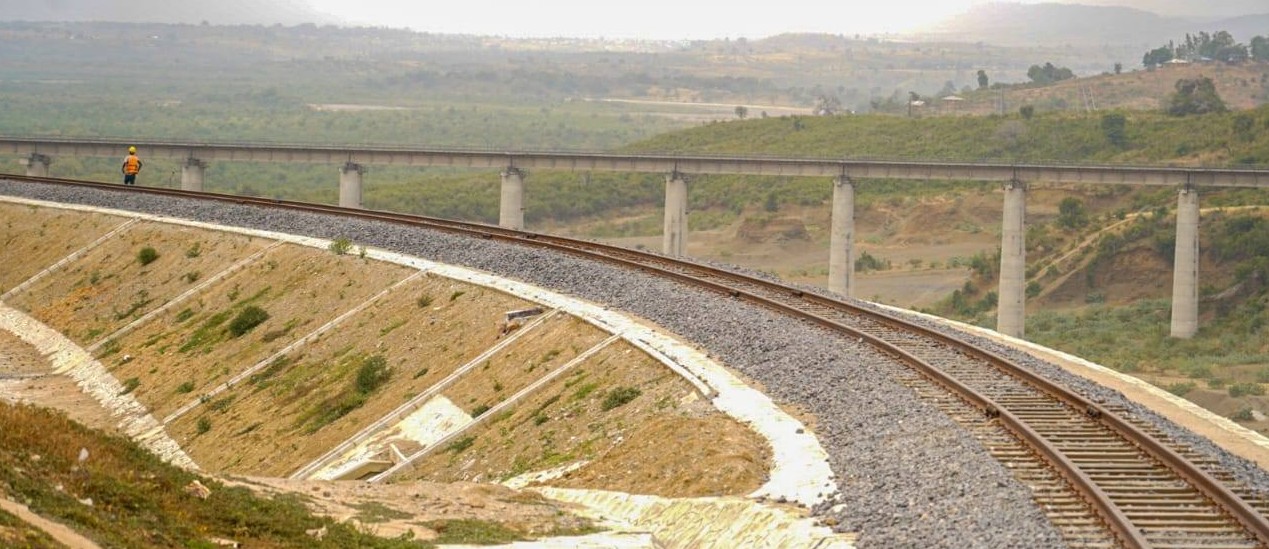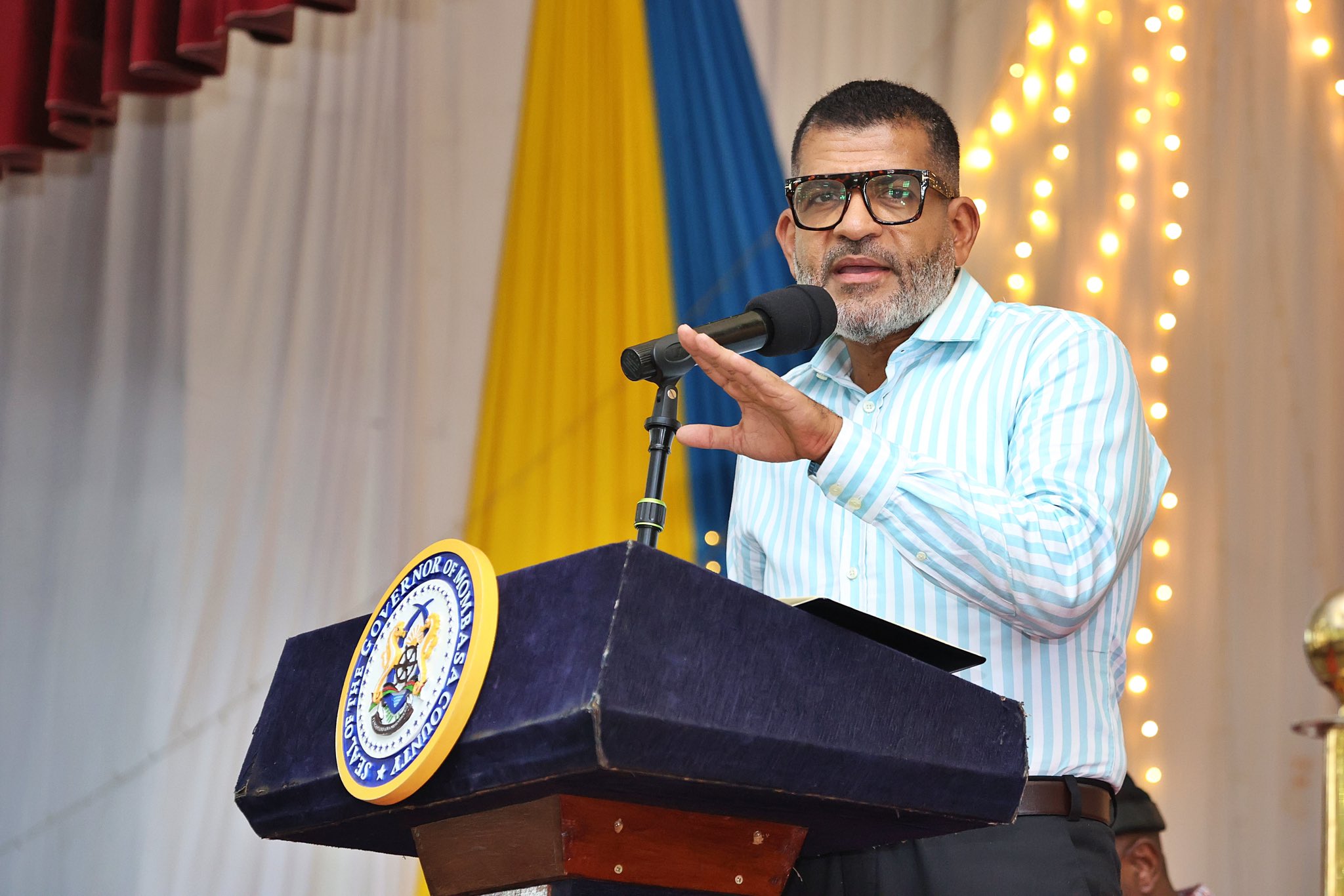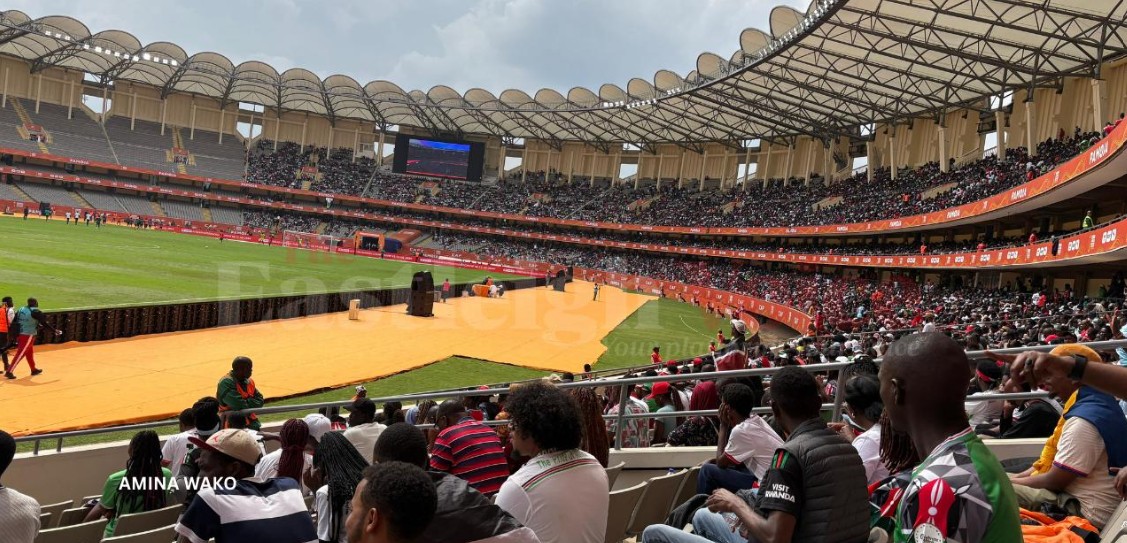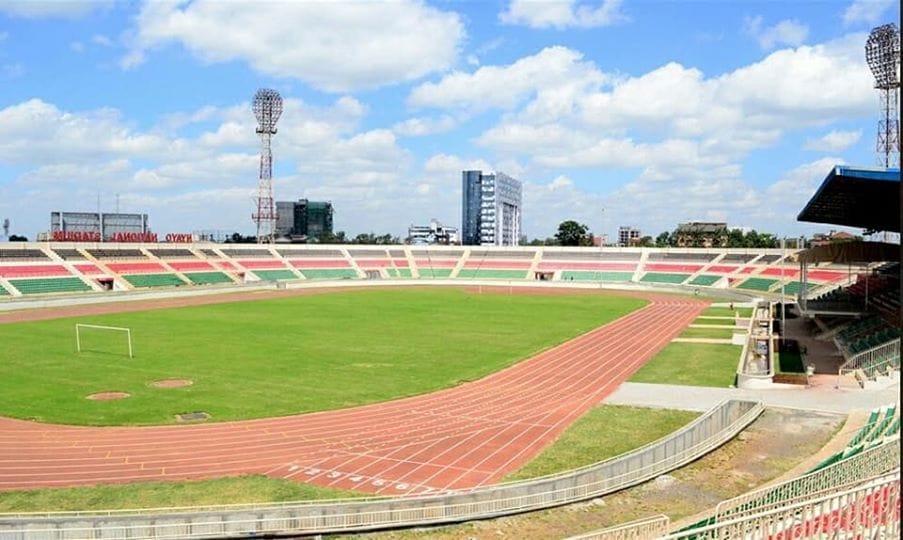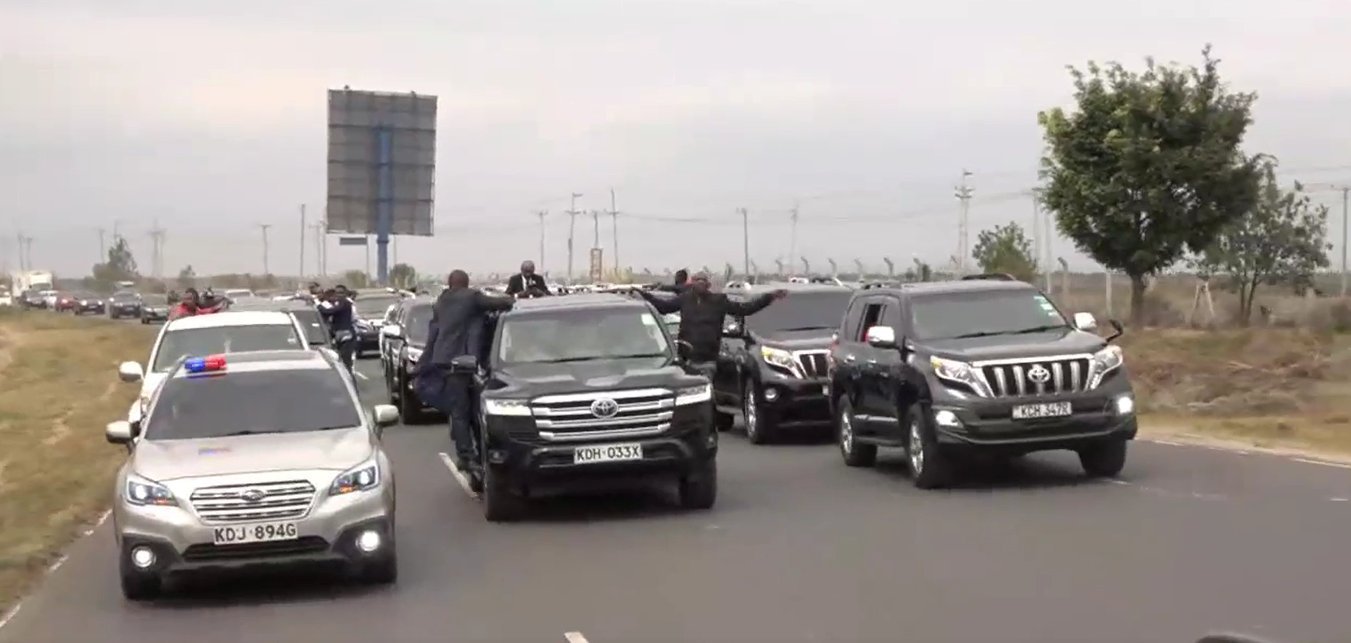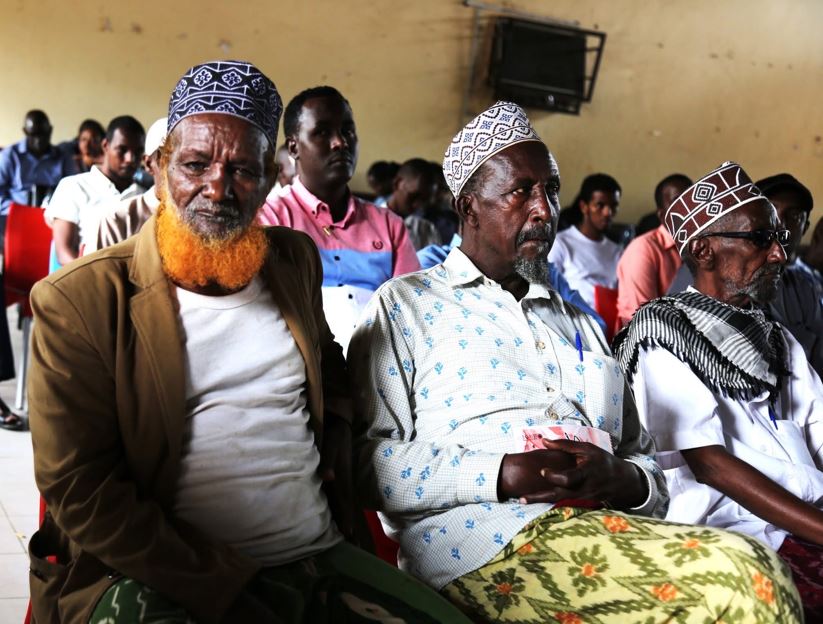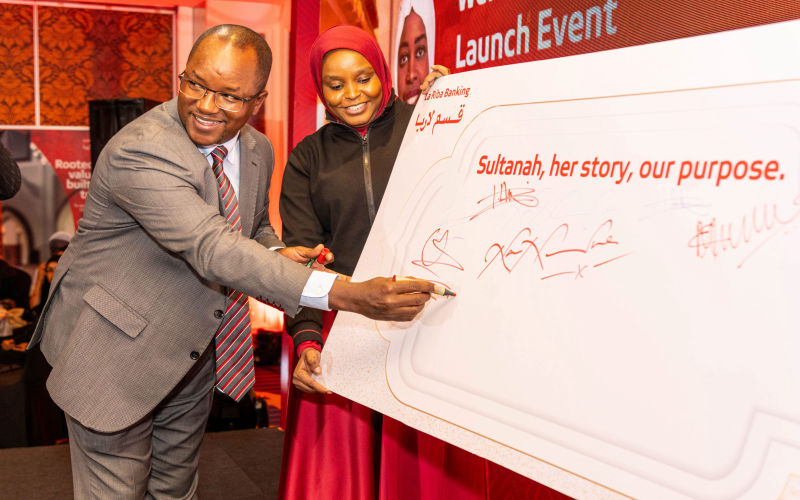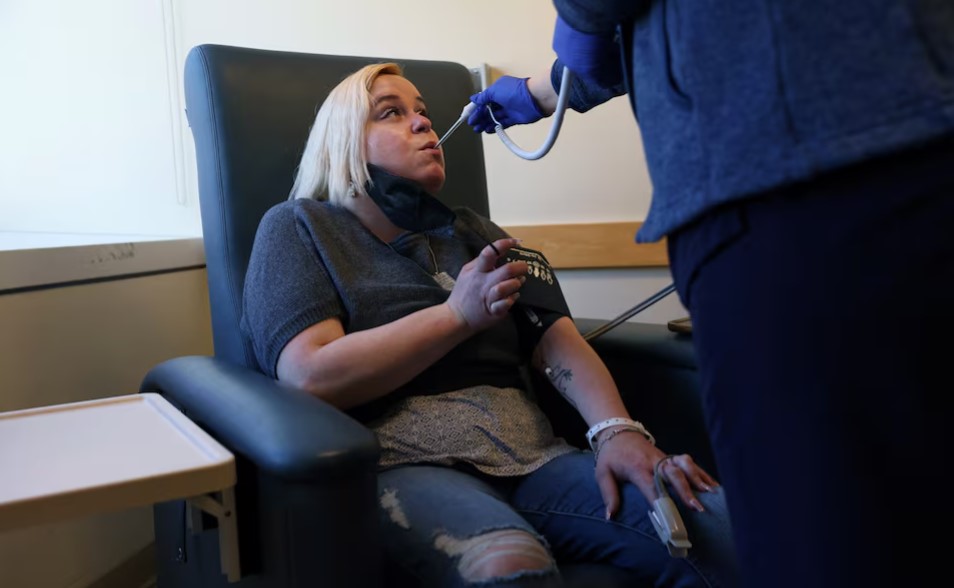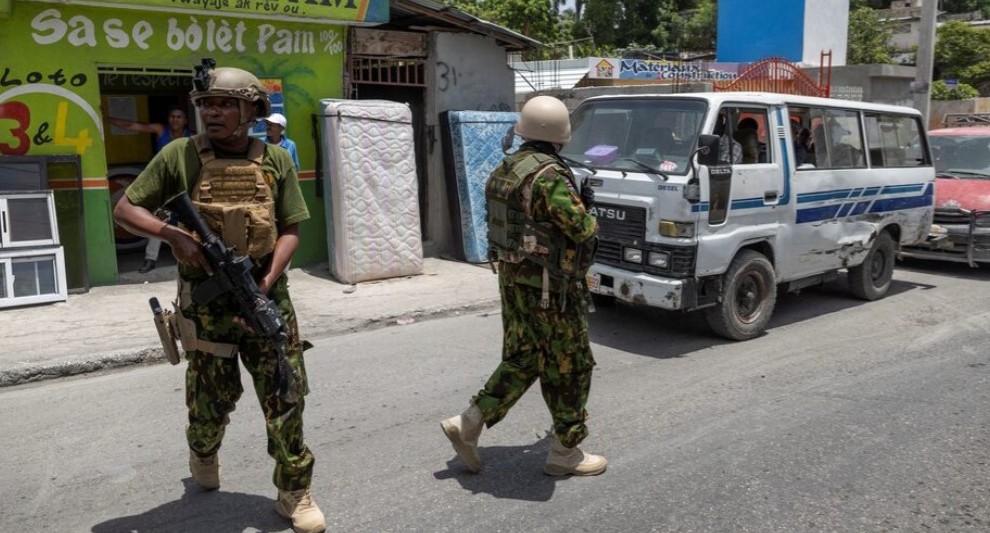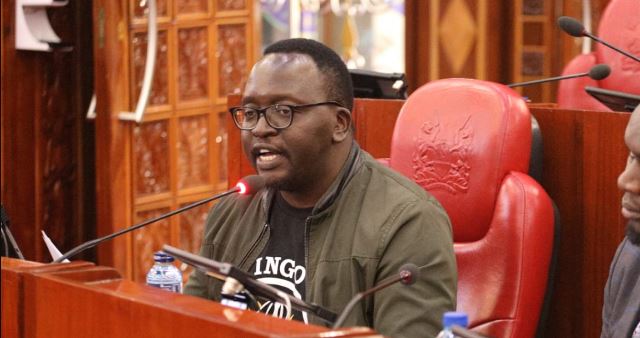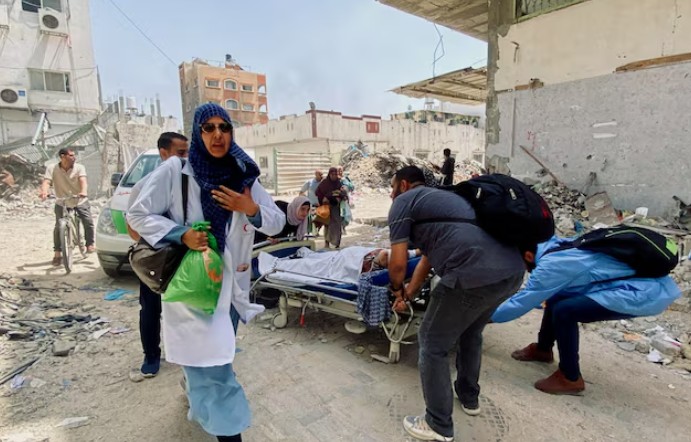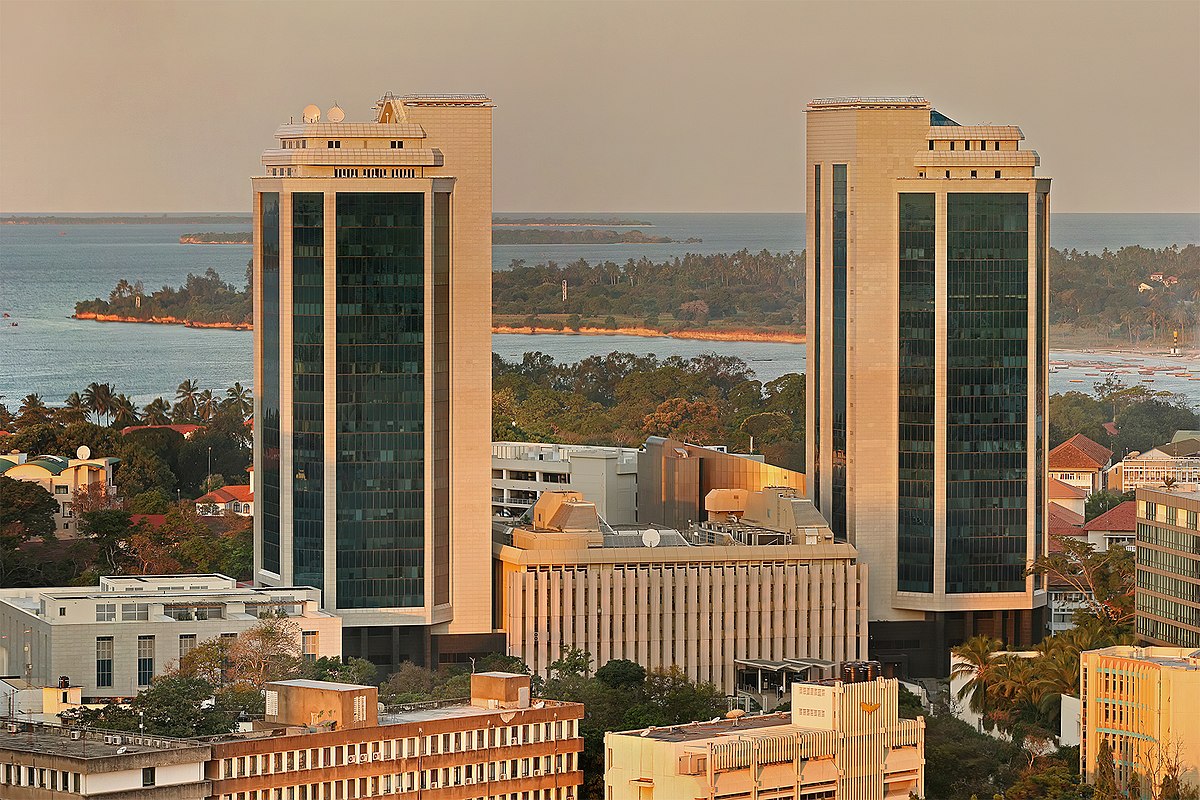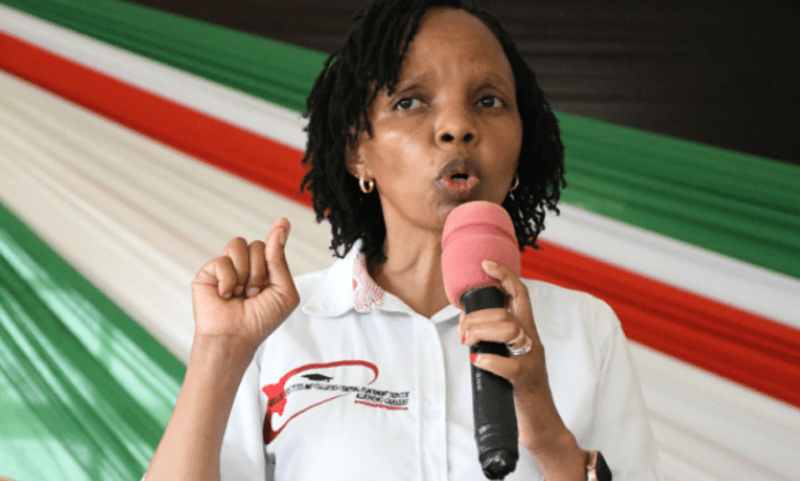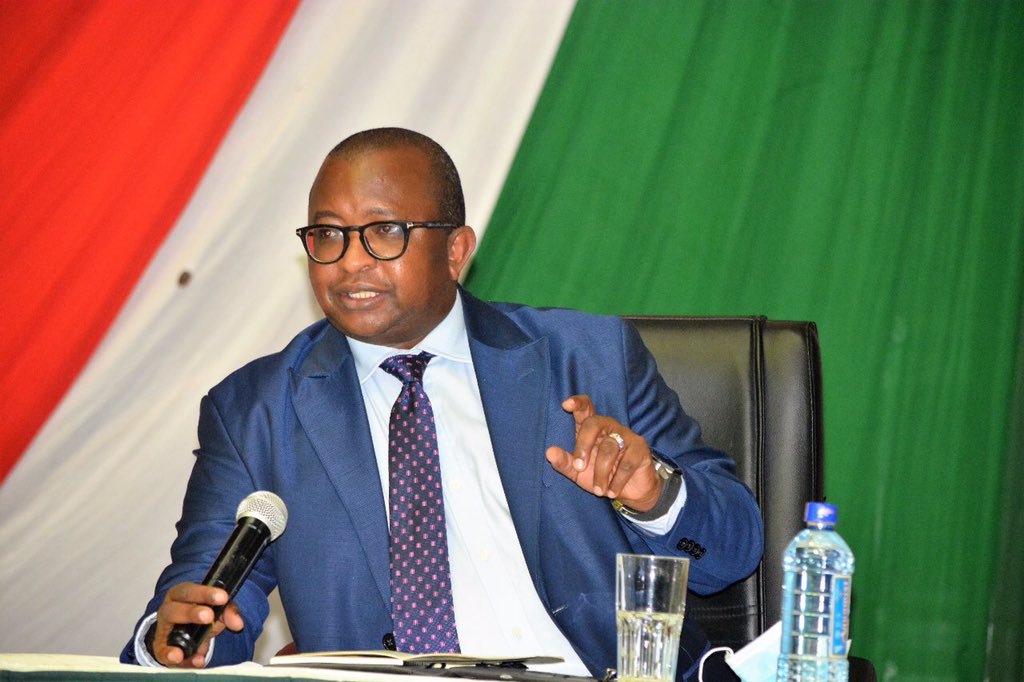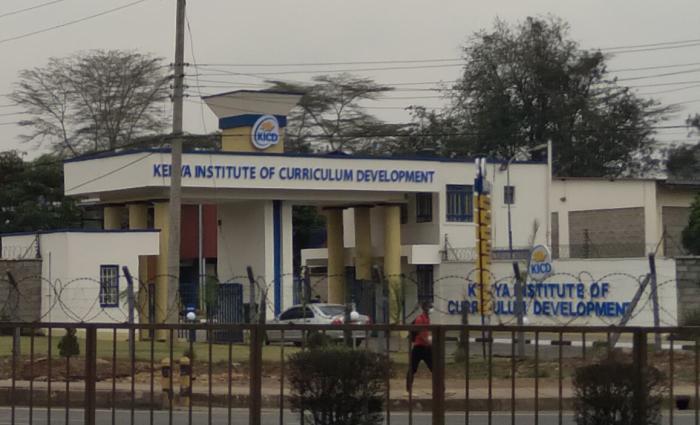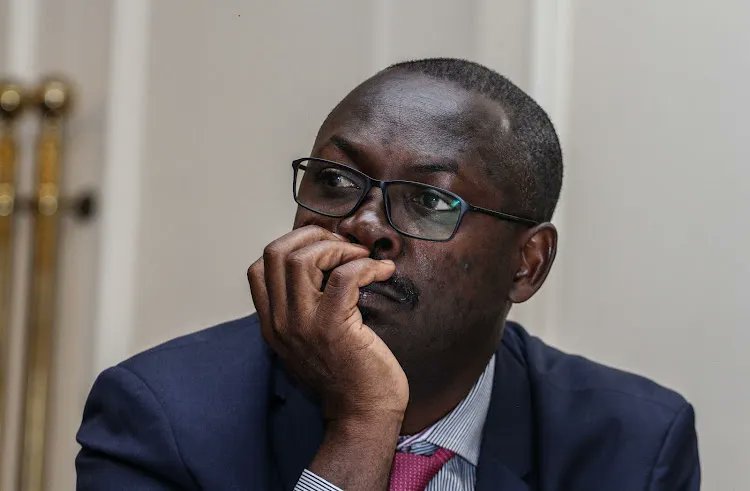Audit reveals troubled rollout of Ruto’s county industrial parks as projects stall
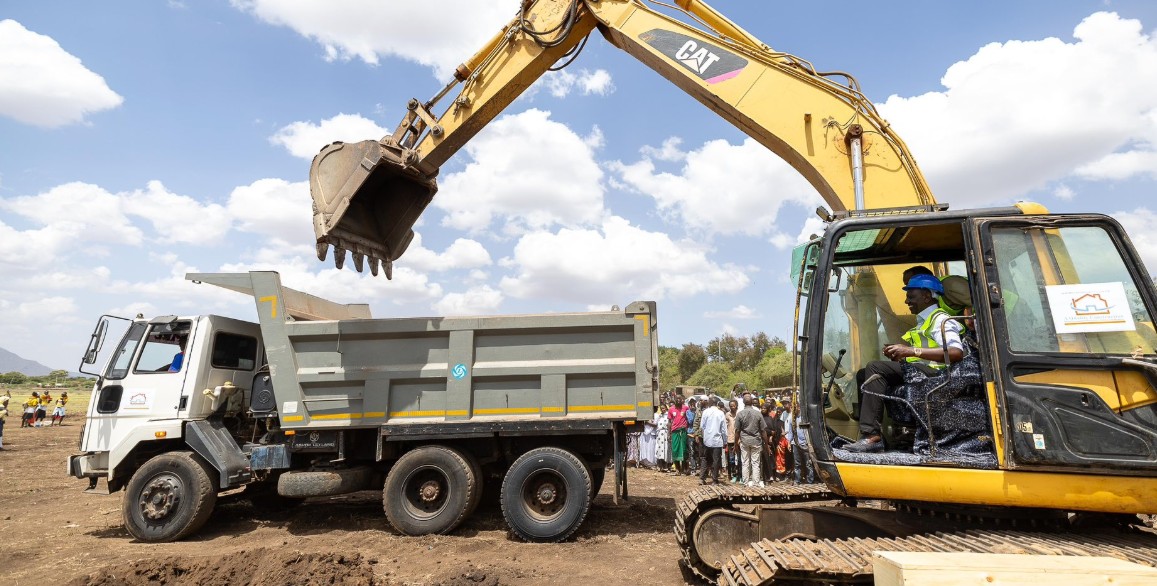
The report shows that in at least 13 counties, the multi-billion-shilling projects have either stalled, are far behind schedule, or have been riddled with land ownership issues, missing documents, and incomplete construction.
When President William Ruto unveiled the County Aggregation and Industrial Parks (CAIPs) as part of his economic transformation plan, the projects were billed as a turning point for agriculture and manufacturing in Kenya.
But a year later, their progress has been anything but smooth, according to a report by the Auditor General.
More To Read
- Kenya urges urgent action as Tanzania’s new trade restrictions threaten EAC integration
- Retailers to benefit as State moves to reduce number of business licences
- State to ease import rules for manufacturers in bid to cut production costs
- Government warns Saba Saba protests could cripple Kenya’s economy, scare off investors
- Senators raise alarm over President William Ruto’s Sh23.5 billion industrial parks project
- Senators push for suspension of Sh23.5 billion parks project over planning concerns
The report shows that in at least 13 counties, the multi-billion-shilling projects have either stalled, are far behind schedule, or have been riddled with land ownership issues, missing documents, and incomplete construction.
The parks were intended to strengthen Kenya’s agro-processing and value addition sectors, improve farmers' incomes, create jobs, and link local producers with national and global markets.
They were also to bring together stakeholders such as farmers, processors, exporters, and government agencies.
Trade Cabinet Secretary Lee Kinyanjui admitted that no CAIP had been completed so far, noting that the counties are grappling with different levels of progress and setbacks.
“They are at various stages of completion. Some are at 80 per cent, 20 per cent and others at 40 per cent, but different counties have different challenges,” he said during an interview on Citizen TV.
He further said that the focus was now shifting from building to attracting investors.
“We are working with western region governors to have an investors’ conference so that we can onboard them… The role of the ministry is policy, awareness and ensuring Kenya has favourable trade agreements with the outside world. The biggest responsibility now is to ensure our farmers and producers are plugged in to take advantage of these markets,” Kinyanjui noted.
But the Auditor General’s findings paint a worrying picture, highlighting that several counties are struggling to meet their financial obligations or provide proper documentation to support ownership of land where the parks are being built.
In Trans Nzoia, the Sh499.2 million industrial park project at Namandala had already consumed over half its budget, Sh264.2 million by June 2024, but it is still incomplete.
Another project in the same county, the Sh49.5 million avocado aggregation centre, was 99 per cent complete but had missed its delivery date by three months.
In Kakamega, although construction was underway and had reached the substructure level, the audit team could not verify ownership of the land.
The county had spent Sh133.5 million to purchase land in Likuyani sub-county, but no lease documents were available to confirm the transaction.
Busia County’s park had missed two deadlines and was only 30 per cent done by September 2024. It had originally been scheduled for completion by February 27 of the same year.
Siaya had spent only Sh48.4 million out of its Sh484 million budget, with little to show on the ground.
Meanwhile, in Homa Bay, the county had allocated a total of Sh250 million over two financial years, but the park remained unfinished, with the contractor blaming flooding for stoppages.
In Kisii, construction faced logistical and legal setbacks. The site was located in a swampy area with no proper access road.
There was no formal MoU with the national government, and the county lacked documentation to prove ownership of the land.
“In the circumstances, value for money realised on expenditure amounting to Sh95,588,294 could not be confirmed,” the Auditor General stated.
Counties in the Coast region had their own challenges. Kilifi County had committed only Sh42.8 million to a project meant to cost Sh515 million.
Although both county and national governments were expected to contribute Sh250 million each, the extra Sh15 million added to the budget could not be explained.
In Tana River, a planned Sh113.5 million CAIP project in Chifiri stalled after the national government failed to release its share of the funds, leaving the county to carry the burden alone.
Nyandarua County’s park was also delayed. Planned for construction at the Njambini Agricultural Training College, it was budgeted at Sh464.4 million.
The county had released Sh35.5 million, but the national government had not disbursed any funds. The deadline was pushed from August to December 2024, but as of September, the project remained incomplete.
Turkana had deposited Sh100 million in a bank account set up for the project, but no progress had been made on site.
The auditor said there was no title deed for the 100-acre piece of land, and the site was deserted during the inspection.
In Nandi, where the CAIP was to cost Sh520 million, only a small portion of the perimeter wall had been completed.
The county had paid Sh67.8 million, but no active construction was underway during an inspection in October 2024.
The failure of the projects has triggered political finger-pointing.
Former Deputy President Rigathi Gachagua blamed the setbacks on the removal of Moses Kuria from the Trade Ministry.
“Kuria is a brilliant mind, and I can tell you this idea of CAIPs that he came up with… had the President allowed him to stay as minister for Investment, Trade and Industry, today, those things would be working,” he said last week.
But CS Kinyanjui defended the government’s approach, saying the projects would eventually be completed and that efforts were ongoing to ensure investors are brought on board.
Top Stories Today
- Absa’s La Riba at 20: How Islamic Banking reshaped Kenya’s financial landscape
- Africa: A tentative start in mass vaccine production
- Hunger in Gaza: Women and children face death in search of food
- Six fan zones set up in Mombasa ahead of Harambee Stars' clash with Madagascar
- Nyayo and Ulinzi set to stage Women’s Champions League qualifiers in September
- Garissa residents demand stricter regulations in oil exploration


